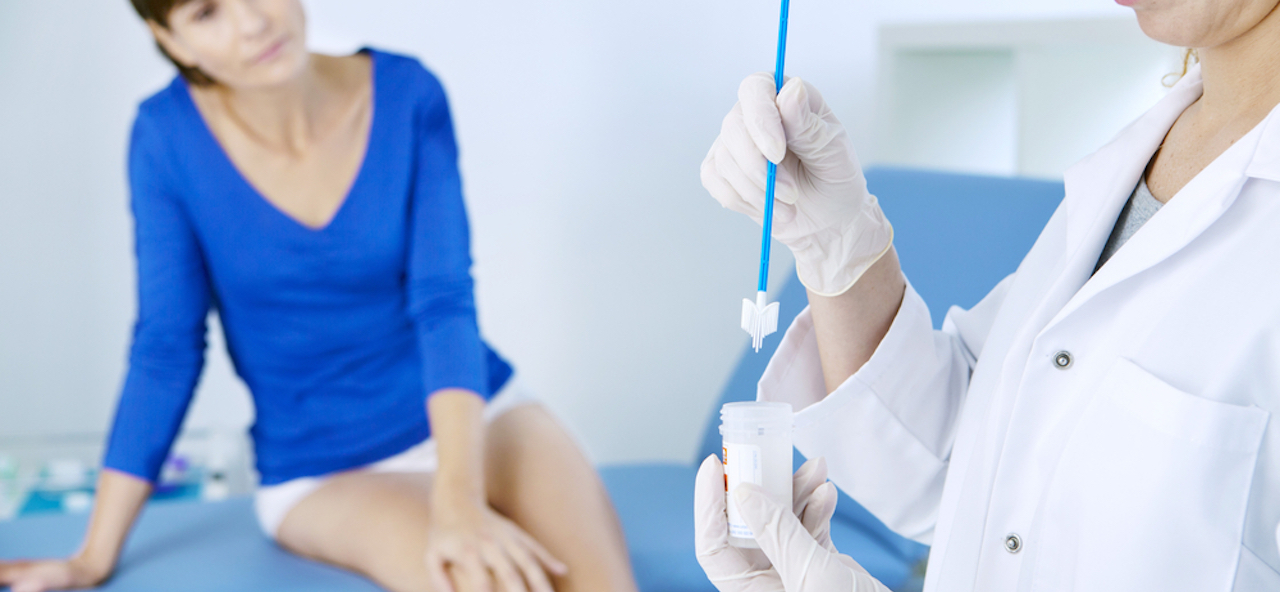A pap smear, also known as a pap test, can save your life. Doctors use it detect STDs and screen for cervical cancer: the second most common type of cancer in women. A Pap smear can spot changes in the cervix, so you can get treated before it develops into cancer.
Risk factors for cervical cancer
One of the major risk factors for cervical cancer is contracting Human Papilloma Virus (HPV), a sexually transmitted disease through skin-to-skin contact. Other risk factors include:
- smoking
- a weakened immune system
- long term use of contraceptives
- being overweight
How often to get tested
If you are sexually active and over 21 years old, you should get a pap smear every three years until 30. After the age of 30, doctors recommend one every five years. If you’re 65 years and older, you may not need the tests any longer, but it’s best to get the final word from your doctor.
How it works
The exam can be done by a gynecologist, in a doctor’s office, clinic or hospital. Your cells are collected from the opening and visible part of the cervix with a cotton swab, brush or spatula. The cells are then smeared onto a slide or mixed with a liquid preservative and sent off to a lab to be examined under a microscope. You may have slight vaginal bleeding after the test, so keep a sanitary pad or panty liner with you to protect your clothes from spotting.
The smear tests for unhealthy (cancerous) cells in the cervix, and is a quick and simple way to test the overall health of your cervix. It’s also a chance to talk to your doctor about any discomfort or infection that you may have had. Remember: there’s little to no risk in getting the test done, and can help prevent cervical cancer!
Prep ahead
Try not schedule a test while you’re on your period as the blood may interfere with the results. You may also want to empty your bladder before the test (for your own comfort).
Avoid the following 24 hours before the test:
- Intercourse
- Douching
- Tampons
- Sprays
- Powder
- Vaginal medicine
If you don’t avoid these, the sample may be unclear to view, and you’d have to go back for another pap-smear.
After care
If your test shows abnormal cells you may need to take another test to determine whether a follow up is needed. This may sound frightening but it’s not a certain cancer diagnosis! It could simply mean an infection or abnormal cervical cells. Your doctor may then perform a colposcopy; where an instrument that looks like a microscope is used to closely examine the vagina and cervix. If the colposcopy shows abnormal tissues, a cervical biopsy will be performed to remove cells or tissues from the abnormal area of examination.



